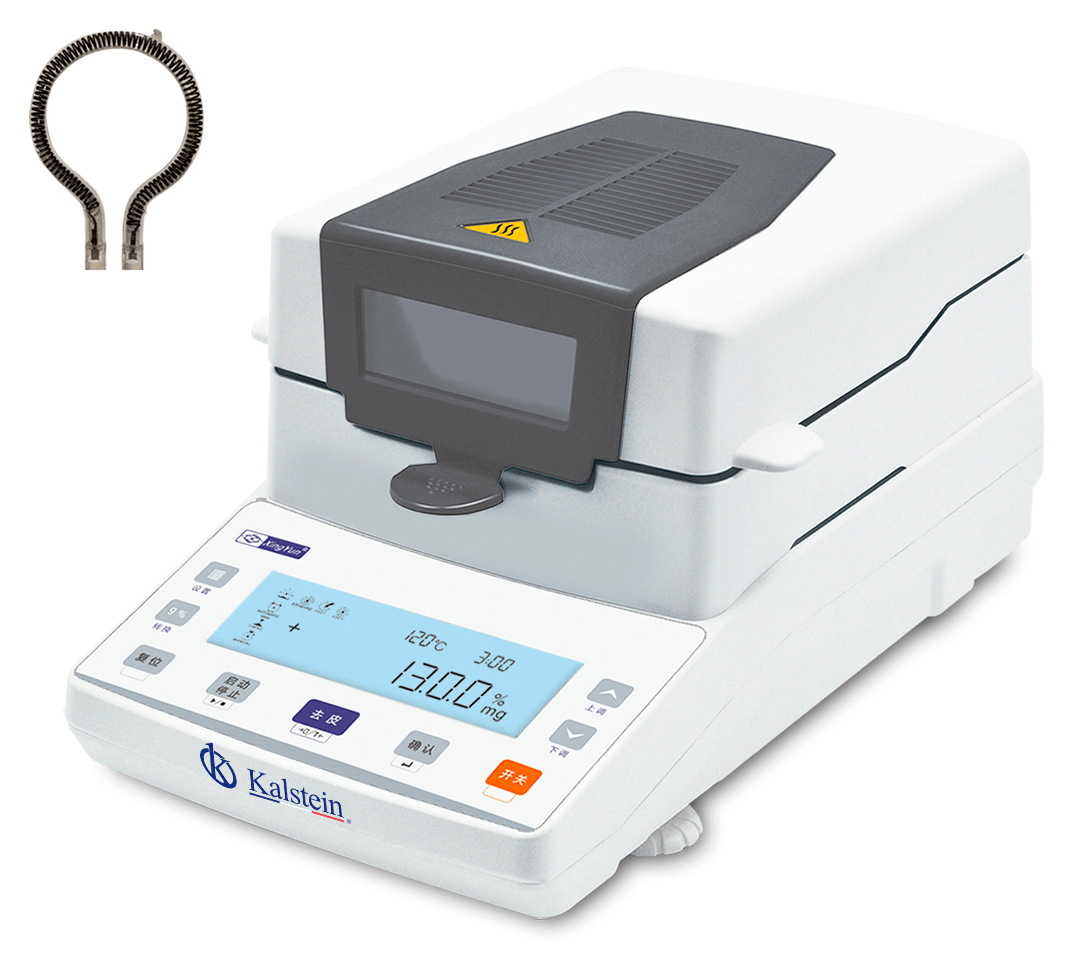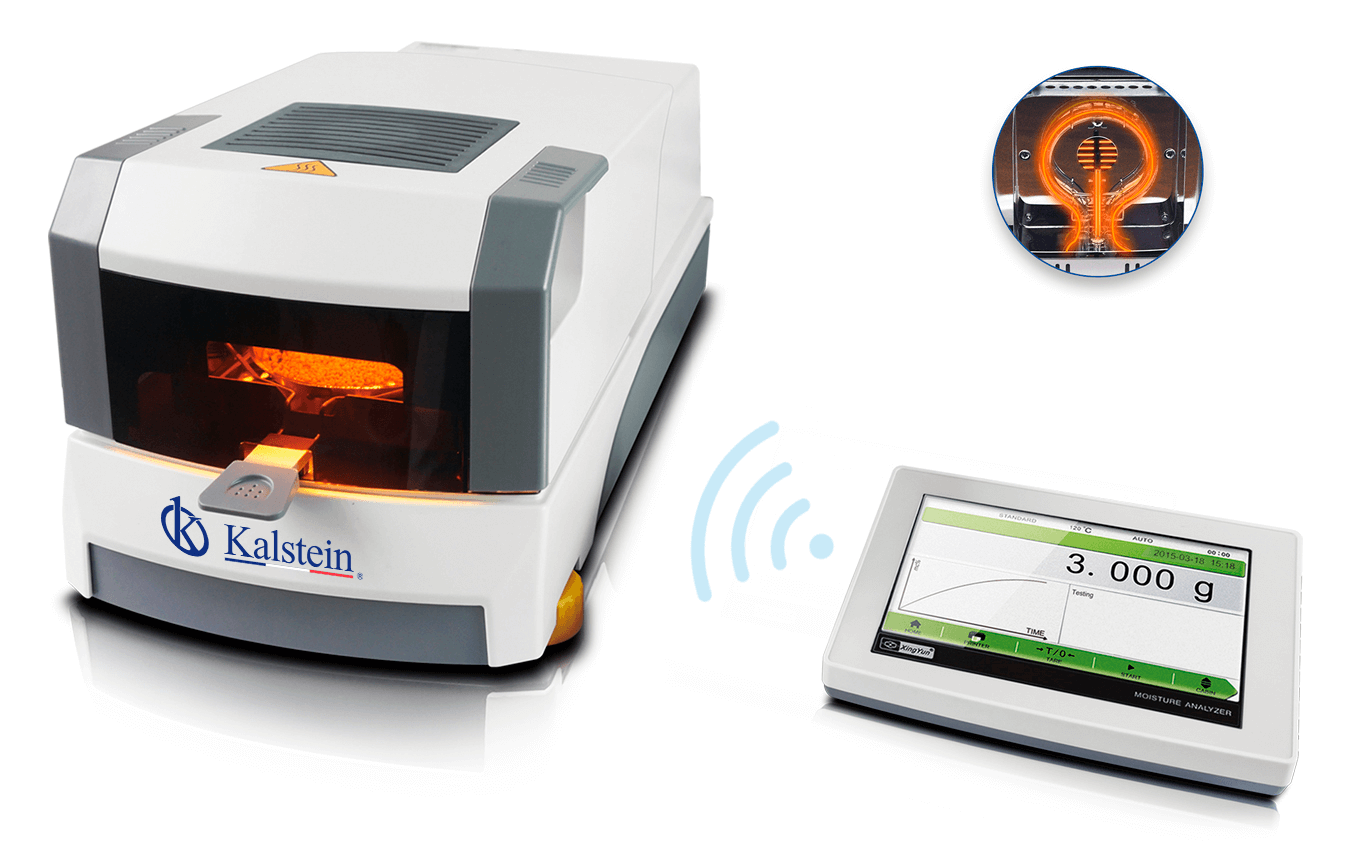In most researches, it is mandatory to provide personnel and environmental protection when working with certain kind of samples. Some biological processes need to be contained in a secure space, so that there is no risk for anyone at the laboratory. Microbiological research need different kinds of cabines in order to accomplish and achieve the desired results without affecting the samples the lab operator is handling, the personnel and the environment.
Medical laboratory cabinets
One of our main distinguishing feature in the lab equipment field is the fact that we offer a diverse catalog for laboratory purposes and of course, this could not be the exception. There are different kinds of cabinets for laboratory built to meet the legal and environmental requirements.
A biological safety cabinet is an enclosed and ventilated workspace inside a laboratory, built to be able to handle pathogens contaminated materials requiring a specific biosafety level. First, there is the Class I biosafety cabinet (BSC), which primary purpose is to protect the laboratory worker and the surrounding environment from pathogens. Class I provides personnel and environmental protection but there is no product protection. You should know that un-purified room air constantly enters into these types of cabinets’ work area. The class I is similar to a standard chemical fume hood, in that unfiltered room air is drawn through an access opening, which provides personnel protection, then across the work surface, through an exhaust plenum and out the top.
The Class I biosafety cabinet is a practical containment unit, which means that is suitable for work involving moderate risk agents in biosafety levels 1, 2 and 3. In these levels, the priority us to contain, not to protect the product. The conventional fume hood does not filter the air, which means that it does not protect the environment. That is not the case of the HEPA filter in the Class I biosafety cabinet. This model filters air before it is exhausted. The personnel protection is possible thanks to the negative pressure and the constant air movement into the work area.
On the other hand, class II cabinets provide sample and environment protection since makeup air is HEPA-filtered. You should know there are five types: Type A1, Type A2, Type B1, Type B2 and Type C1. In addition, Class III cabinets are generally only installed in maximum containment laboratories, specifically designed to work with BSL-4 pathogenic agents, providing maximum protection.
Proper use of a laboratory cabinet
Every procedure and technique as easy as they seem, need to be done safely and correctly in order to achieve the desired results. In this case, laboratory medical cabinets’ primary purpose is to provide different levels of protection. This means you need to avoid contamination and any kind of personnel exposure. That is why there are some guidelines and recommendations to follow when it comes to the proper use of laboratory cabinets. First, to reduce and control splatter and aerosol generation, it is necessary to keep clean materials at least 12 inches (30 cm) from aerosol-generating activities and arranging the workflow “from clean to contaminated”.
Another useful and important recommendation is to decontaminate the surfaces on the biosafety cabinet, including other lab equipment and materials. You must keep in mind that cabinets must be maintained on a regular basis. For example, the filters have a limited lifespan, depending on the laboratory’s air quality and on the amount of particles and aerosols inside the biosafety cabinets’ work area. In the case of fume hoods, it is necessary to run periodic maintenance, such as verifying there is no storage material or visible blockage.
You can find different kinds of biosafety cabinets in our catalog. Visit our catalog HERE



